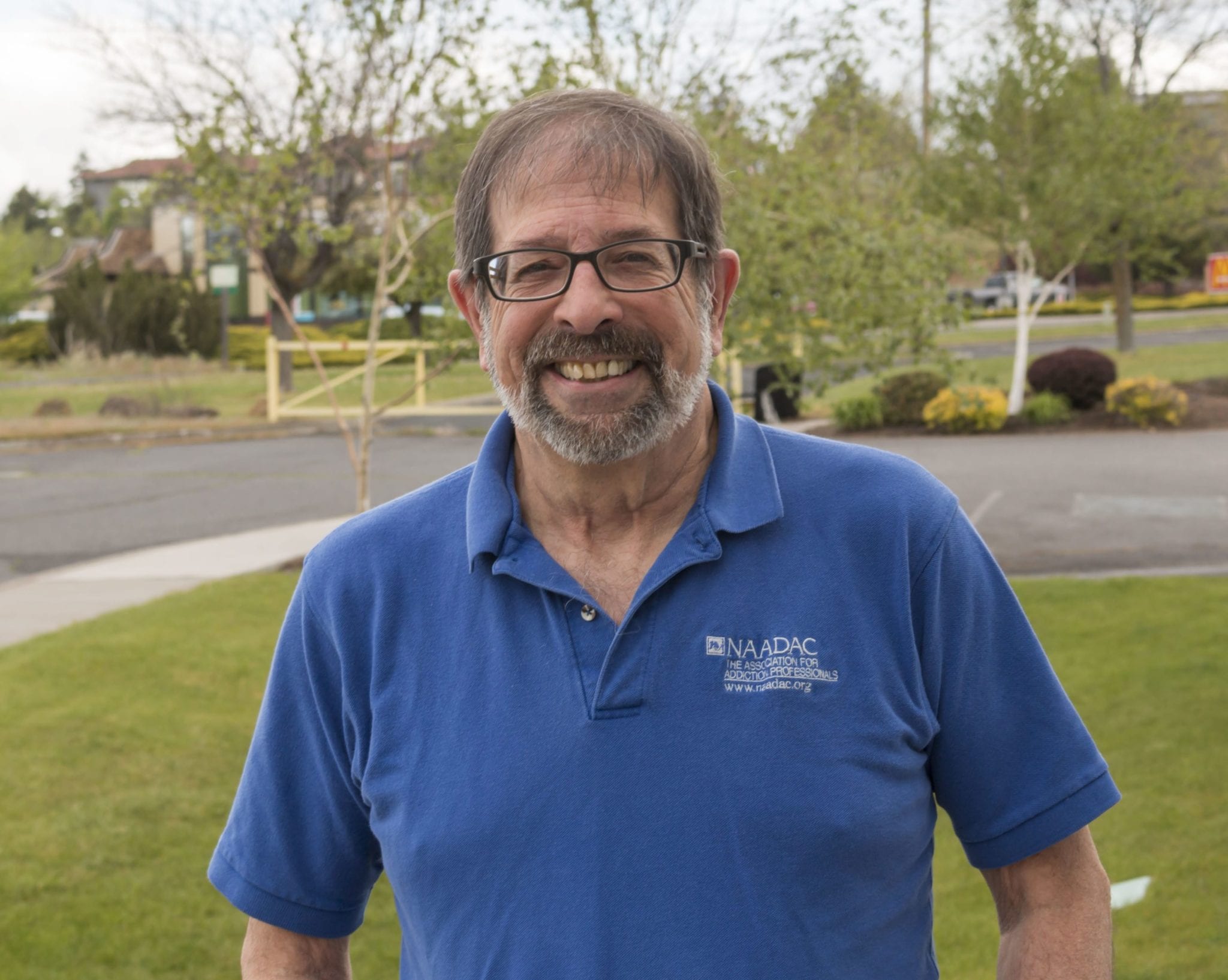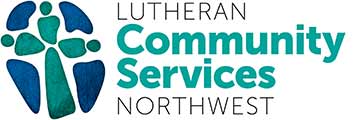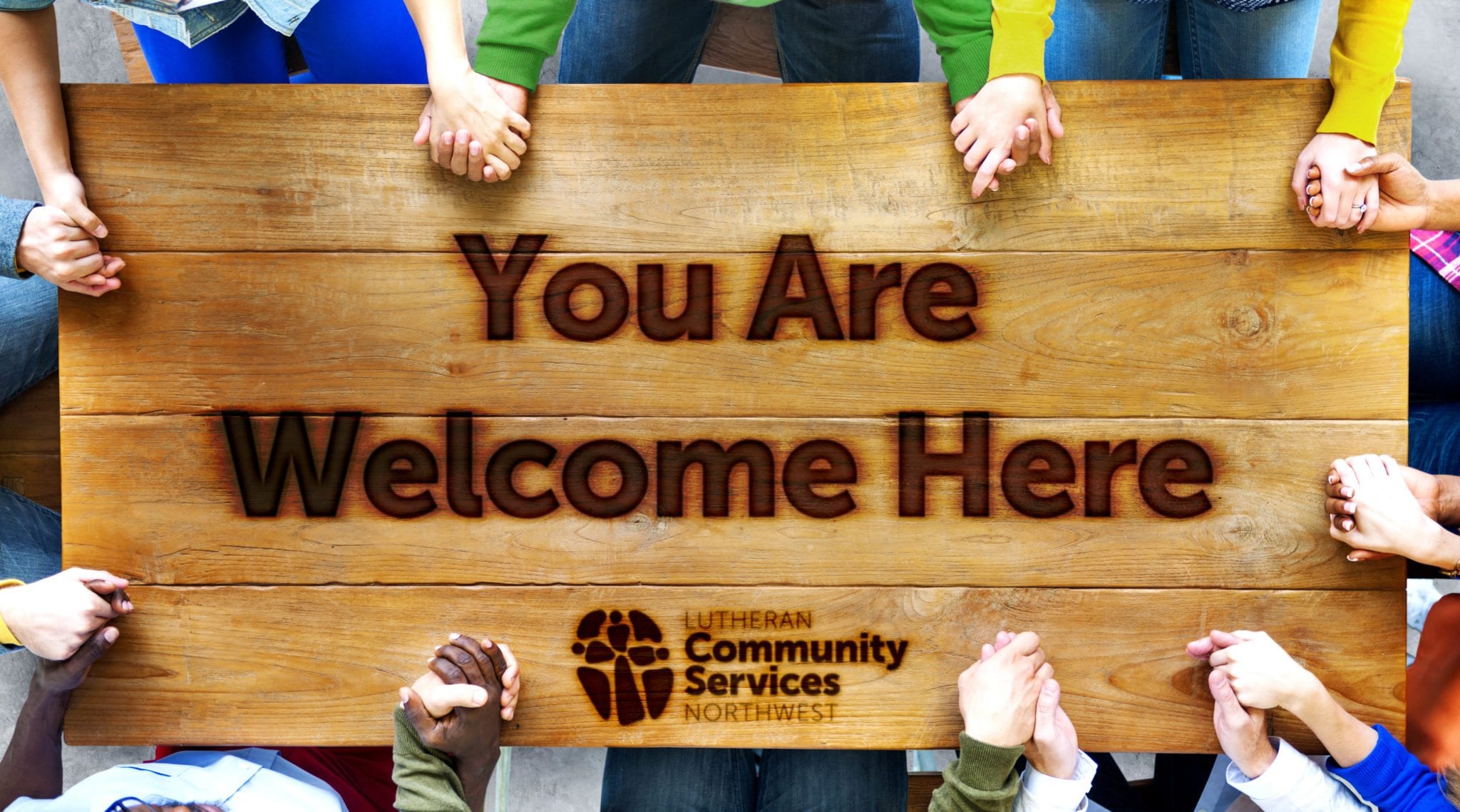
Mike Bricker loves his job as Adult Substance Use Disorder Treatment Team Leader for LCS Northwest in Klamath Falls. One of the reasons is that the field of addiction recovery is always evolving.
LCS Northwest partners with people in drug and alcohol addiction recovery. We offer recovery services to people in Central Oregon and Klamath Falls. Mike Bricker works in our Klamath Falls office as the Adult Substance Use Disorder Treatment Team Leader.
Bricker is in long-term recovery, as he has been sober for more than 35 years. He has worked in our Klamath office for more than four years, with two years as the Team Lead.
Q1: How has addiction counseling changed in the last 10 years? There is greater awareness for addiction and better funding for treatment through the Affordable Care Act. We’re taking away the stigma of people with addiction. We now know that addiction is a brain disorder. We have a better understanding of what’s going on in the brain when people become addicted. I have a saying that fits in with this: Most of my clients are good people with a bad problem. A few are bad people with a bad problem. It isn’t the problem that makes them good or bad, it’s what they do about it.
Q2: Have there been changes recently to addiction recovery? There is a growing awareness for the need for peer support after treatment. The 12-step peer support program has been around for a long time. What we’re learning is that people need help building a bridge from treatment to real life. Once you finish treatment, what’s next? It helps to have support from someone who has gone through treatment and has already built that bridge. Our team is developing an alumni program, and will offer alternative peer support to supplement 12-step meetings. We are looking at Women for Sobriety, Smart Recovery and Native American Talking Circles as possible offerings.
Q3: Are the number of people with addiction increasing, and what substances are people using? More people are coming in for treatment with addiction disorders. The substances they use are changing. Doctors are turning off the faucet on the availability of prescription opiates (pain pills). The people who used pills are starting to use heroin, which is now more affordable and available. We have three people who are in treatment for heroin right now. We continue to see a lot of people who use methamphetamine. Meth is the devil’s drug. One person I work with is a third-generation meth addict along with the mother and grandmother.
Q4: What do you think of medication-assisted treatment? We’re starting to see the need for medication-treatment with Suboxone. It helps people safely withdraw from pain pills and heroin. Suboxone is an opiate with a blocker, which means people don’t get high when they take it. They can taper down the amount taken until they don’t need it anymore. Historically, the field has favored drug-free treatment. .. “no street drugs or addictive prescriptions allowed!” That came on because of the misuse of Methadone, which is much more dangerous than and not as effective as Suboxone. We are now beginning to realize that some medications, like Suboxone, can be a step toward a drug-free life in recovery. And medications like Naltrexone and Acamprosate can help people deal with cravings in early recovery.
Q5: How do you like your job? I get to watch people come back to life. How many people get to do that? I love it. Our program emphasizes developing coping skills rather than getting loaded. We partner with people to develop a value system that leads to a life worth living. My job is always evolving as we learn more about addiction. As an example, I’m excited about trauma-informed care. It’s giving us a different perspective on the recovery process. We used to treat trauma after six months of recovery, and it didn’t work. Now we start dealing with trauma right away because it can be a huge barrier to recovery.

